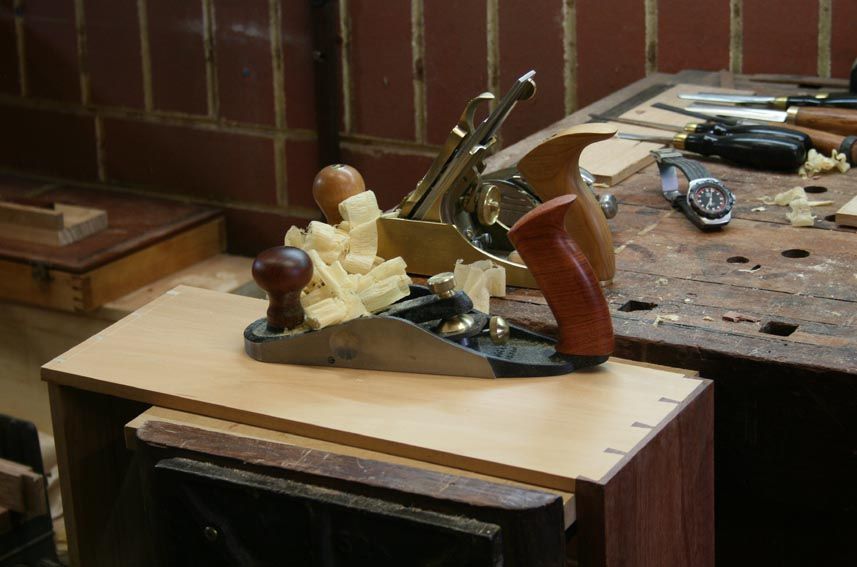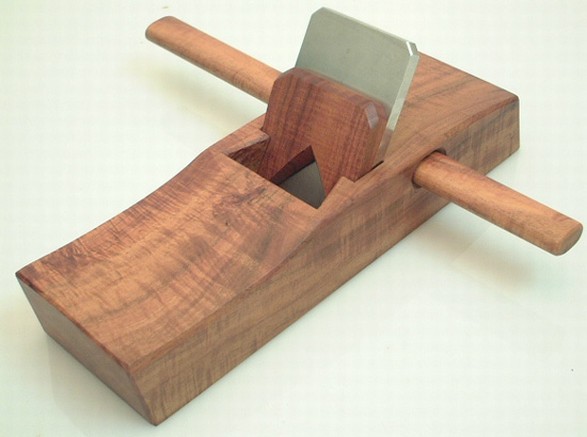
Originally Posted by
Warren Mickley

I would be interested if you have read a text from before 1850 that suggests this.
In 2009 I won a beech mallet that had been soaked in linseed oil for "at least 30 days" It stank so much that I could not keep it in the shop for a whole year. Even today I can smell it if near my nose, and on damp days I can smell it from across the room. Little beads of gelled oil have collected in spots on the end grain.
30 days seems a little much. I soaked my hickory mallet head for 7 days after I glued it up and put the mortise for the handle in it so that the oil would soak in both sides.
I can't quite understand why someone would put anything in linseed oil for that long. It's only going to penetrate to a certain point, and honestly, the oil will keep migrating in if I have read correctly until all wood reaches saturation (which is well before 30 days). If I remember correctly from a finishing book I read, through a small 1x1" piece of white oak that was 4 or 6 inches long sitting in like 1/2" of linseed oil, some finishing guy (Flexnor I think?) had oil coming out the top because it had soaked up through the grain in the middle in something like a day or a week.
The Barefoot Woodworker.
Fueled by leather, chrome, and thunder.






 Reply With Quote
Reply With Quote







